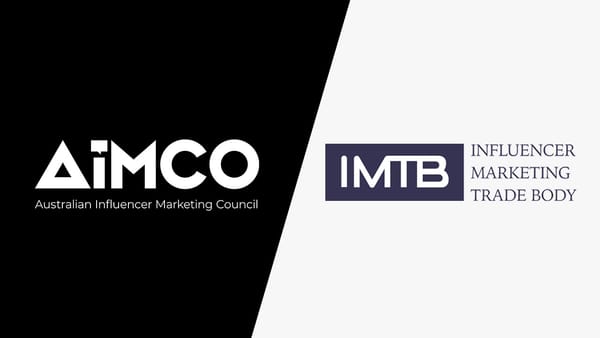- All marketing communications to be clearly identifiable as marketing;
- Influencers to not falsely claim, or imply, that they are acting as a consumer; and
- Influencers to make clear that “advertorials” are marketing communications.
Accountability
The Competition and Markets Authority (CMA) and the Advertising Standards Authority (ASA) are the two enforcement bodies in the UK responsible for ensuring compliance with the CAP code and other applicable rules. Generally, the ASA will only pursue an investigation or potential sanctions for breach of the CAP code where the influencer has received payment, and the brand exerts a degree of control over the influencer’s content. The CMA has a broader remit and considers that consumer protection laws cover any content where there has been a form of payment by the brand, irrespective of whether the brand had any control over the influencer’s content. To provide some clarity to influencers and brands alike, in September 2018 the CMA and the ASA together published guidance on who is considered an “influencer” and what constitutes a “payment”. The guidance indicates that the regulations apply to individuals who use their presence on social media to promote, advertise or display products or services for which they have received payment. It is important to remember that what constitutes “payment” is also quite broad. The guidance suggests that any form of gratification, including products, gifts, services, trips, and hotel stays that are given at a reduced price, completely free or as a loan, provided to the influencer can be regarded as “payment”. What is sometimes forgotten is that brands and media agencies are also accountable and must ensure that the influencers they are working with are complying with the law and the guidelines.Guidance for influencers
The CMA produced a separate piece of guidance in January 2019 where it explained that influencers should clearly state when they have been paid in a way that allows followers to understand straightaway (and without having to click through to another page) that the influencer has received payment for the endorsements. As an influencer, you always need to be clear about your relationship with the brand – an obligation that extends to past partnerships that have ended within the previous year. It is important that the influencer avoids giving the impression they are just a customer. Put simply, to ensure compliance, influencers should “make an advertisement obvious” and be unambiguous in explaining how they received the products or services. They can do so by using clear identifiers in the main body of any advertising post or, if posting on Instagram or Facebook, using the “paid partnership” tool.The future
While the current laws and accompanying guidance have improved the transparency of influencer marketing, there are still many issues that have not been addressed. For example, the current legal framework does not cover issues associated with buying followers, and the practice of boosting your following with fake followers is still legally questionable. As influencer marketing continues to be an important strategy for brands, we are likely to see increased regulation or regulatory focus and scrutiny in the near future. It is important to also consider what social media platforms and brands are doing to self-regulate. For example, Instagram has started using machine learning tools to identify accounts with fake followers. More recently, ITV and the ASA have partnered to release an “advertising survival kit” for ITV’s Love Island contestants to ensure they are properly marking any ad content on social media. If private companies can be seen to be taking responsibility for promoting transparency in influencer marketing, whether through their own initiative or in collaboration with the CMA and the ASA, there may be less need for further regulatory intervention. In the meantime, influencers should be making every effort to be transparent when working with brands, and brands should be taking an active role in educating the influencers on their legal obligations. If you want to avoid regulatory action from the CMA and the ASA, compliance, and transparency are your best strategies.Written by Nick Breen, Senior Associate, and Jess Parry, Associate at Reed Smith.








